
Jamie Martinez: Congratulations on your recent shows, especially the solo booth with Ronald Feldman at the last Armory. It was one of the top booths in many publications. We’ll have to get back to that. Can you first talk about your background in the arts and your journey to becoming an artist in New York? Where did it all begin?
Federico Solmi: Well, it’s a long story. It all began almost 20 years ago, when I left my hometown: Bologna, Italy, and I decided to move to New York to pursue a career in the arts. It was the best decision of my life, of course; not an easy decision, but it proved to be the right one. I knew immediately that this was my city, I guess I felt great chemistry. I would say that I have a very unconventional background if compared to my peers. I never really attended any art school, colleges, or MFA programs. I am a self-educated artist; I simply wanted to be an artist on my terms, and I thought the best way to educate myself in the arts was to move to NYC, then get a studio and simply to visit as many galleries, museums, exhibitions as possible, and to try to meet artists, curators, and art professionals… to learn directly from the people that were making and exhibiting important art. It was a wonderful way to educate myself. I met amazing artists from everywhere; I learned so much from them, from their careers, their successes and their failures. It was real… no classroom, no theory, it was a debt-free art education, and it worked!
The Armory Show was so exciting for me, so many people stopped by at the booth. Now that the pressure is off, I can enjoy the success for a few minutes. Once in a while, it’s good to take it easy, it does not happen that often, but I’ll keep my feet on the ground. We had some great feedback from the press, art collectors, curators, and we had museums acquisitions, a fantastic response from the public. People really connected with my works, and Ronald Feldman and his staff were very pleased.
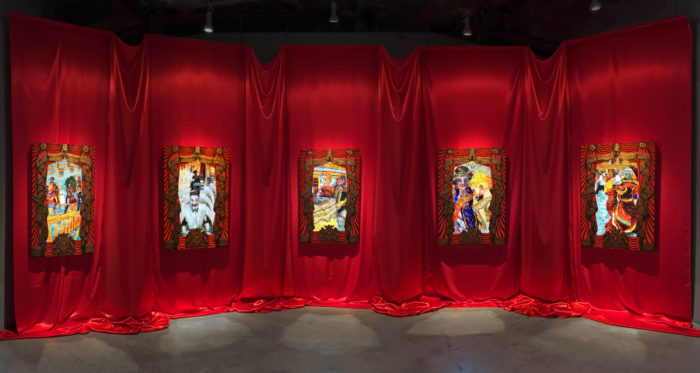
JM: How did you arrive at the style you are so well known for in your paintings, drawings, and videos?
FS: When I moved to New York, I was very interested in developing drawing, painting, and sculpture installation, often with all these three media blended into the same projects. It was an exciting time of discovery for me, and I was absorbing all the great vibes of the city. Brooklyn was becoming the center for all art production in the city; there was a great energy and a sense of an art community. At the time, my heroes were painters like Francis Bacon, Anselm Kiefer, Leon Golub, and Spero—I admired them tremendously because they were expressing themselves in a very visceral and unconventional style, disregarding any fashionable trends. I was very interested in the existentialist messages their art communicated to me. Later, I discovered artists like Jacob Lawrence, Henry Darger, William Kentridge, and many others– I was struggling to find my way but I felt like I was in Heaven– so many talented artists were out there, it was a great relief for me. Just a few months after my arrival in New York, I began to feel very isolated and alienated because I really had very little dialogue going on with any other artists until I started to exhibit a few years later… it was initially a very lonely path. Art books and books in general were my mentors and companions, galleries and museum exhibitions were my only source of connection to the contemporary art scene. In the meantime, I became very interested in early cinema, and in particular, German Expressionist film and the movies of Italian filmmaker Federico Fellini. Simultaneously, I became very curious in the development of the video game industry, not as a game player, but as a voyeur. I was fascinated by the increasing realism of the games’ graphics and very intrigued to see how gaming companies were creating these environments that were a sort parallel universe, very similar to ours through the use of 3D graphic and digital technology. It was a great way to escape from reality and to enter into a metaphysical space, so I began to think that one day I could create my artificial archetype and to build my narrative, plots, in a virtual stage.
Around this time, the year 2003, I made my first experiments with video animation using a combination of drawings and digital sources. At the time, I had no experience and training with video-making, but I knew that I was interested in experimenting with moving images and not in a traditional and conventional way. My first one-minute drawing animated video entitled “Another Day of Fun” was my first attempt, this piece was part of an installation called Ideal City; I rotoscoped 3D digitally generated sequences from the popular video game, Grand Theft Auto, and combined it with drawing. This piece was a real turning point for me. For the first time, I understood that I could combine two very different mediums and blend them in a very organic way. I came to the conclusion that what I was really interested in was not just painting and drawing as artistic mediums, but the creation of narrative work, and in particular, social commentary. I was determined to create work that engaged with the problems of the society in which I was living and try to engage with my generation and my community. Moving images were my media, and that’s how it all began.
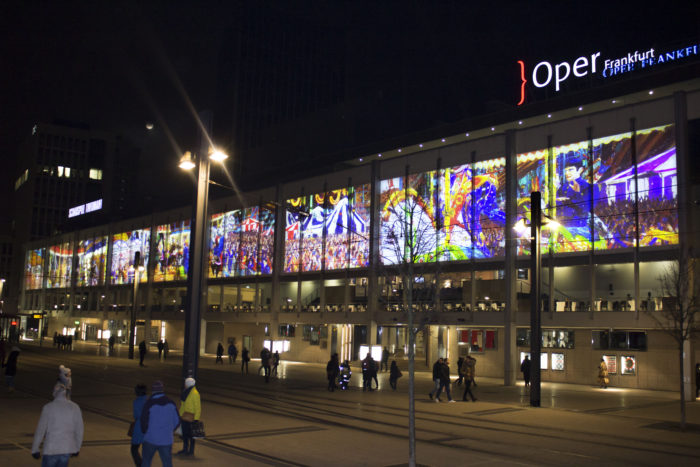
JM: How is the rapid change in technology affecting your work? Does it make it easier for you to fabricate pieces whether it’s digital or physical?
FS: I think technological innovation represents simultaneously a great stimulus, and a great challenge for my work. As you know, gaming and digital technology are a big part of my process, and these media and tools are evolving daily and require constant updates. I think they have a very positive effect on my artistic practice; changes always force me to question myself, they force me to look at the work from a different angle. I believe the speed of change and evolution of technology has helped me to be sharper because, in a way you can never relax, you can’t always play the same tricks as many artists do with paintings and sculptures. In all these years of research, success and failure, I think I learned how to domesticate the technology I use. I learned how to humanize these great tools, to create a very unique work of art and I did it with a very simple solution by blending digital technology with traditional techniques that have been around for centuries. Drawings and paintings are texture mapped on top of the digital structure of my video sequence; the 3D models of the characters I use in my narrative are animated by capturing actors’ body movements using motion capture. It is true that digital technology becomes obsolete quickly and does not age very well. However, I feel that today, when I look at the pieces I did 15 years ago they look better than ever, because despite the dependence on digital tools— what people see on the screen is animated paintings—the technology is never in the foreground. There is a large presence of it…but paintings and drawings are the protagonists.
When people look at my work, they can’t imagine how many hours it takes to make a short piece; they often don’t realize that besides all the digital animation, 3D modeling, scripting, filming, editing, motion capture recording, each square inch of the footage on the screen is hand painted, and each painting is scanned and texture mapped onto the digital skeletons of each character, environments, props that I created at the studio with my assistants. Making my work has always been a big challenge, an epic effort, a struggle, but it is also very rewarding.
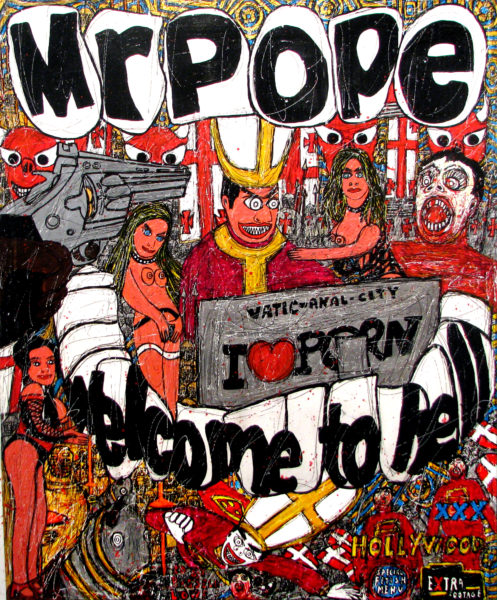
JM: Looks like your dreams are coming true. I respect the subject matter in all your work. It’s very honest and non-vanilla. Back in 2009, you were charged with obscenity in Italy due to the showing of your video, “The Evil Empire”. Can you elaborate on this incident?
FS: Yes indeed. I feel very fortunate, it is a wonderful moment, but it’s also the fruit of hard work, determination, good intuition, and devotion to my craft. Since I arrived in New York almost 20 years ago, I always felt very committed to developing a unique body of work. I never worry about trends. To me, it was very important to be true to myself. I always wanted to make it on my own terms, far away from the latest fashion in the arts. The Evil Empire is one of my strongest videos, it examines with a satirical lens and a fictional narrative some of the darkest pages of the history of the Catholic church, from crusade to the abuse of power committed by popes and the ecclesiastic circles. Unfortunately, due to the visceral and controversial contents, it has been in the dark for a while. This happens simply because these days people are afraid to let the artists speak out about certain obvious truths. To make the story short, in 2009 a notorious conservative prosecutor from my hometown of Bologna ordered the Italian police to take into custody a series of paintings and video animations from “The Evil Empire” series that were exhibited at a local art fair in Italy.
This unfortunate and shameful episode became a media sensation in Italy, Spain, Latin America, and here. In the U.S., you can still find plenty of articles on the web. My case was compared in the major newspapers to the scandal and accusation of the Church to directors such as Pier Paolo Pasolini, and Bernardo Bertolucci. It was a very strange and scary situation. I got a lawyer, I went to trial with the accusation of making obscene objects— not art— and I won. While in Italy, I was accused of being a degenerate artist of the worst species. In New York, in the same year, I was awarded the John Simon Guggenheim Fellowship for video.
Video courtesy of Luis De Jesus, LA and Ronald Feldman Gallery, New York.
JM: Congratulations on the victory, I am sure you were very relieved once it was all over. Enough about the past, let’s chat about the future. What projects/shows do you have coming up?
FS: I have several exciting museum exhibitions and public projects coming up in the U.S. and Europe. On July 2nd, 2019, there will be the inauguration of my video installation “American Circus” in Times Square in New York City, for the Times Square Art Midnight Moments. I can’t wait! In September 2019, I will have my first museum survey exhibition in the U.S. at the Tarble Art Center, Charleston, Illinois and in October I will part of a group show at the Smithsonian National Portrait Gallery. At the studio, I am currently working on several new pieces that will be presented at Expo Chicago plus I am also working for an upcoming group and solo exhibition for The Block Museum of Northwestern University, Kunstkraftwerk in Leipzig, Germany…Life is busy, intense, I could not ask for anything better, being super busy in doing what I love….
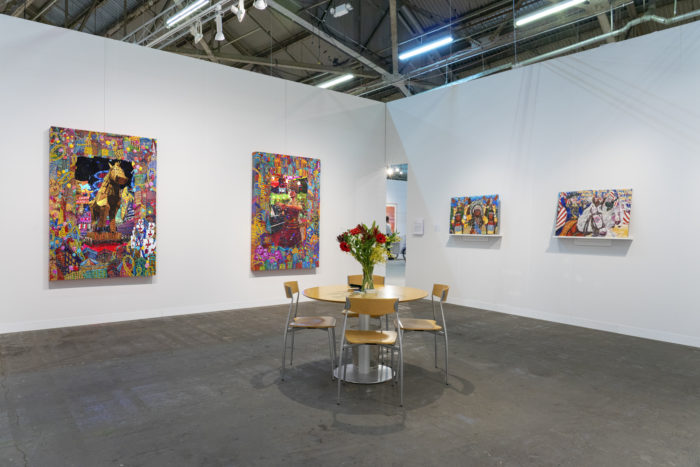
JM: Looking back now at your career, what is the major break that helped you get to the next important level and what advice do you have for other artists?
FS: I believe that my major break came approx 15 years ago, after spending a few years in New York and observing very closely the New York gallery scene. I finally found the courage, the determination, and the stubbornness to pursue my unconventional ideas about making art, disregarding completely what people would think about my experiments. This was really my major turning point, to make a work of art and to be true to myself, to put the fear aside. Of course, at the time, I felt that since my work did not belong to any movement or the latest trend, I will be left out. Then, I came to understand that artists that inspired me, which I admired greatly, were always pursuing non-conventional paths, aesthetics. I understood that I had to go through exactly the same thing. It is very hard to give advice to young artists because there is no specific recipe, each career is different, and I can only speak for myself, from my experience.
I think that is a wonderful thing, to make a living as an artist, and I wish to all our young readers to be able one day to make their dream to come true, but expect some serious work ahead of you. The best advice I could give to a young artist today is, first of all, to listen to their intuitions no matter how odd they are. Initially, people tend to not support the innovative approach of any kind. They will tell you that what are you doing is wrong and does not make any sense.
Don’t get discouraged, push even harder, listen to your guts, go ahead and search where people are afraid to go. Keep in mind that it’s always been like this. In order to achieve success you need to take great risks, you need to go and explore outside your comfort zone, and once you are in control and you believe that your work is great, don’t wait to be discovered. Figure it out how to show it, figure out a way that people can see your great achievement. Don’t complain. If you are truly good, people will see it. Your work will stand out.
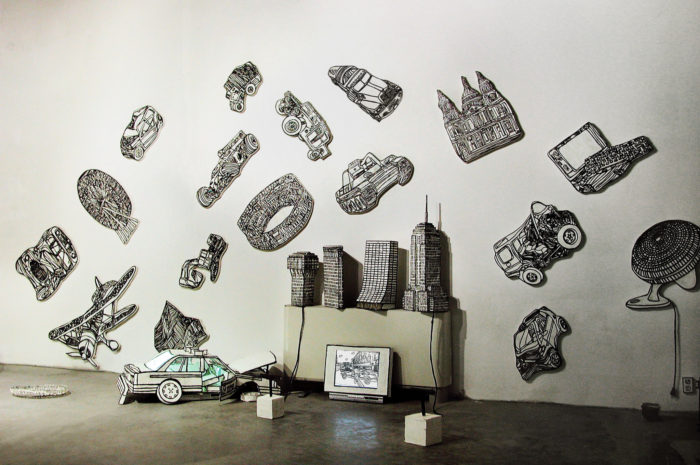
Bio
Federico Solmi lives and works in New York and is currently a visiting Professor at Yale University School of Art, New Haven CT. His work has been included in several international Biennials, including Open spaces 2018: a Kansas City arts experience (2018), the Beijing Media Art Biennale (2016), Frankfurt B3 Biennial of Moving Image (2017-2015), the First Shenzhen Animation Biennial in China (2013), the 54th Venice Biennial (2011), and the Site Santa Fe Biennial in New Mexico (2010).
